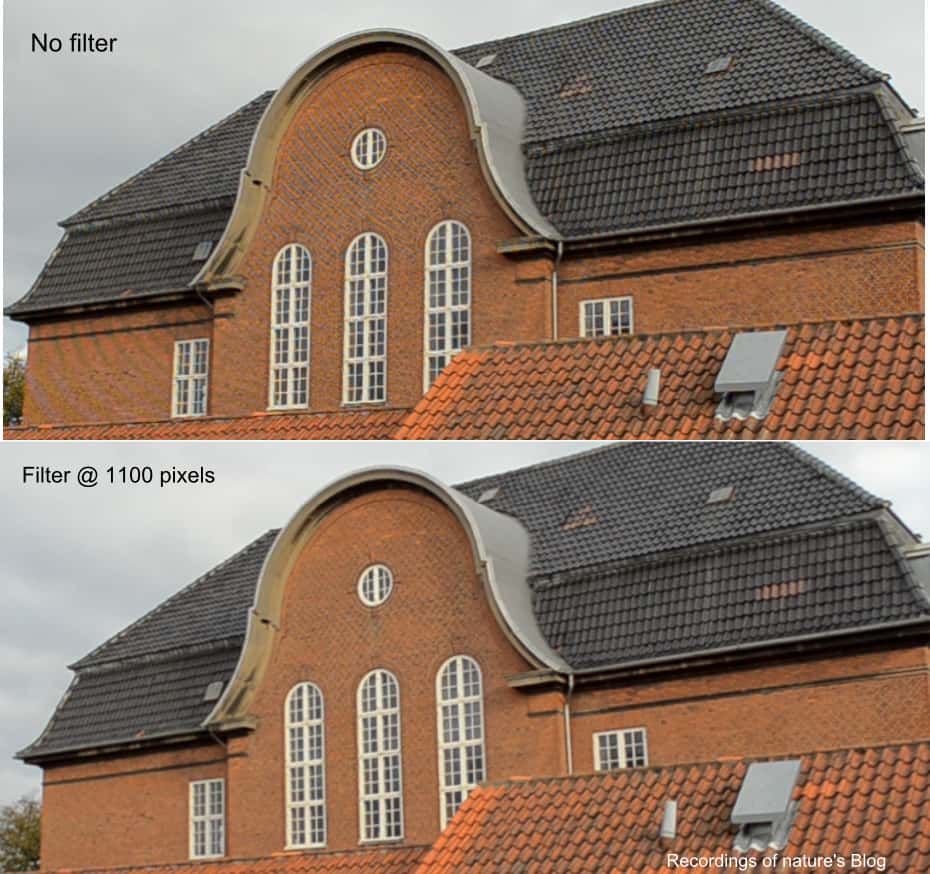As an Amazon Associate we earn from qualifying purchases.
If you’ve followed the ads for the latest cameras, you’ve probably heard the term “anti-aliasing” or “optical low pass” filter tossed around. So what is an anti-aliasing filter and why do many recent cameras seem to be getting rid of them?
An anti-aliasing filter (or low pass filter) helps to reduce distortion in fine patterns—you often see this in a suit or tie with a very tight pattern getting distorted—where stripes don’t look like stripes anymore but start to swirl together. Here’s a (mesmerizing) example of this distortion, called moire:
But while an anti-aliasing filter reduces distortion, it also makes images slightly less sharp and can even prevent some minute details from coming through. Advances in the way sensors are made have allowed moire to be reduced without the use of a filter.
In most cases, cameras without anti-aliasing filters will have images with a bit more detail and sharpness. Without the anti-aliasing filter, images also have a higher resolution.Technology is making improvements so that moire can be reduced without an anti-aliasing filter.
Nikon’s most recent DSLRs (D3300, D5300, D7100), for example, all do not have anti-aliasing filters. The Pentax K-3 is unique in the fact that it has the first anti-aliasing filter that can be switched on and off.
If you frequently take pictures of fabric, for product images or fashion photography for example, you probably won’t want to jump to a camera without an anti-aliasing filter just yet. But, for most consumers, the cameras without an anti-aliasing filter offer better image quality.

